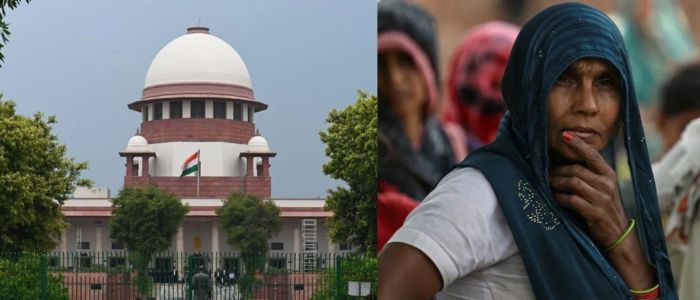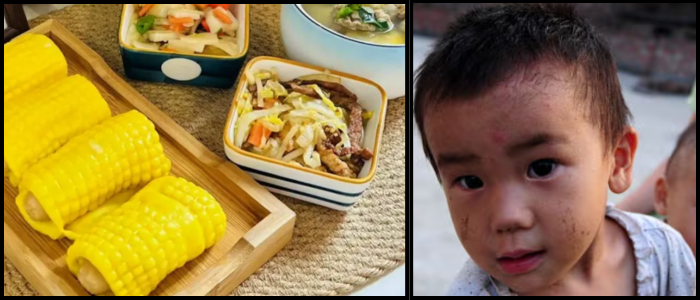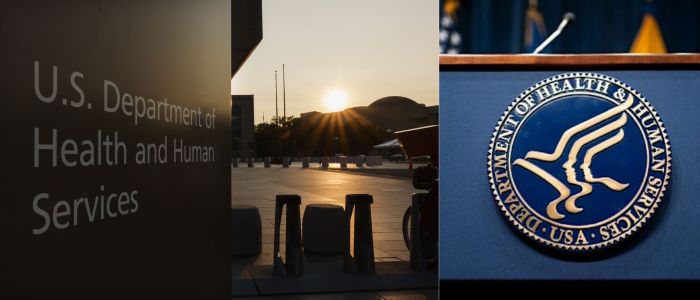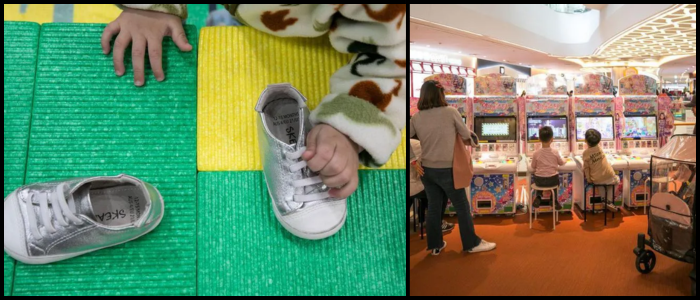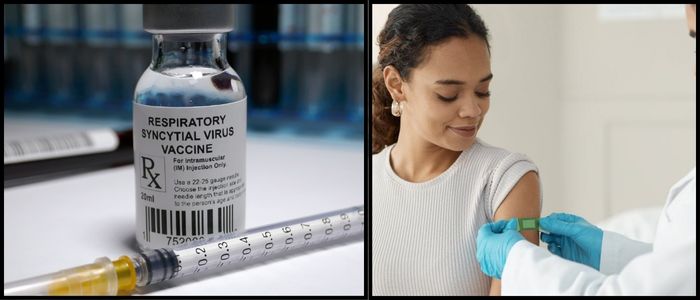The outbreak has also hit hard in the Guangdong province city of Foshan in China, where nearly 7,000 cases have been reported since late June.
The island nation is seeing its largest outbreak of the mosquito-borne disease ever recorded. Health authorities have been worried by the outbreak, and they are taking quick steps to contain it.
Chikungunya is a viral disease (an arbovirus) that causes symptoms similar to dengue and is spread by the same Aedes aegypti mosquitoes that transmit other viral diseases like dengue and Zika.
Chikungunya comes from the East African Kimakonde language and means "to become contorted," alluding to the crippling joint pain many patients suffer. Most people recover within a week, but some develop chronic (long-term) joint pain.
It is killing very small infants, very old people, and sick adults with heart disease or diabetes because, as it stands right now, there is no definitive treatment. It is transmitted through the bite of an infected Aedes aegypti mosquito or by another mosquito that followed suit, after biting an infected human and picking up the virus, feeding on a healthy one.
Worldwide Hotspots and Upticks
In a press statement, the World Health Organisation (WHO) said the outbreak of Chikungunya started in early 2025 and was most severely concentrated on several Indian Ocean islands, including La Réunion, Mayotte, and Mauritius. As of May 2025, La Reunion has reported more than 47,500 infections and 12 deaths.
In mid-July, cases climbed to over 54,000 in La Reunion—the largest outbreak on the island since the epidemic during 2005–06, when there were more than 244,000 infections.
There has also been widespread transmission elsewhere in the region, notably in Madagascar and Somalia, as well as in Kenya and parts of South-east Asia. As of July, new cases have dropped dramatically in New York and London, but both Mumbai, India's hardest-hit city through the first three months of the pandemic, and Buenos Aires are facing a similar surge to that out-of-control outbreak.
Europe hasn't been immune, either. More than 2,800 people are currently in intensive care due to the infection, and since May 1, mainland France has reported nearly 800 imported cases. Police in Spain's Basque Country activated health protocols after they detected a case near the French border.
The Americas have the most cases globally. In the middle of July, Brazil continues to lead with 185,553 cases, followed by Peru with 55, Bolivia (with 4,721 cases), and Argentina (2,836).
In Guangdong province, China, at least 12 cities have reported infections. The outbreak began with an imported case in July, but the source has not been revealed, according to official confirmations.
Hong Kong has had only one case recently -- a 12-year-old boy who got sick after a visit to Foshan, for the first reported case in six years.
3 Ways Countries Around the World are Taking Action
The outbreak has triggered a bold campaign by China for containment. Drone used by the authorities to trace mosquito breeding spots between releasing biggies 'Elephant Mosquitoes' whose larvae feed on mosquitoes carrying the virus.
Residents have been ordered to remove stagnant water sources such as flowerpots and coffee makers. Those who do not comply may be fined up to 10,000 yuan (which is around $1,400), and in severe cases, face criminal charges.
It is said that in Foshan, where some are believed to have been infected, patients and victims can be seen occupying spaces behind mosquito nets. Other patients must pay for their care privately.
Elsewhere, in La Réunion and Mayotte, mosquito control efforts have intensified along with surveillance and vaccination campaigns. Europeans have employed mobile apps to enhance crowdsourcing of mosquito reports.
Health authorities advise using mosquito repellent, covering up with long sleeves and pants, staying indoors or under a mosquito net, and eliminating places where mosquitoes can breed by getting rid of old tires or containers that fill with rainwater.
Although there is no specific antiviral drug treatment for chikungunya, short-term fever and pain medication can be used to manage concurrent problems like joint pain.
Avoid some medicines until dengue is ruled out, as they can increase the risk of bleeding.
But with the environment in many parts of North America becoming more conducive to mosquito breeding due to global warming, health officials are anxious that if they do not act rapidly, this expanding public health issue will spread.
Health

Chikungunya Virus Surge Raises Global Health Concerns

Health agencies have issued urgent warnings across Asia, Africa, Europe, Latin America, and the Indian Ocean of growing chikungunya virus infections. International health data reveals 240,000 infections and 90 deaths for each type of bacteria in 16 countries by 2025.



